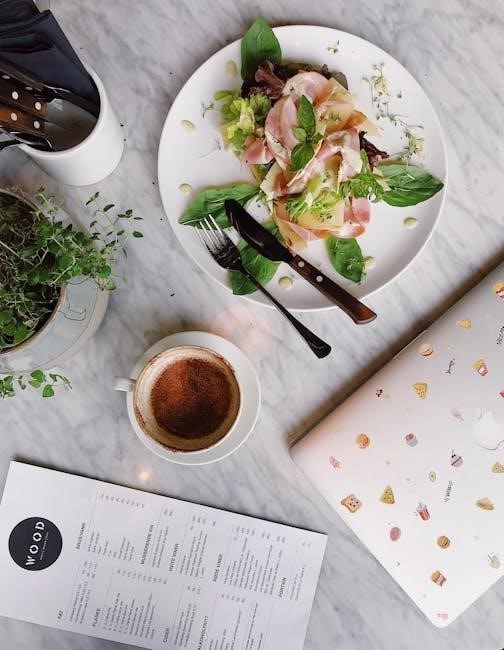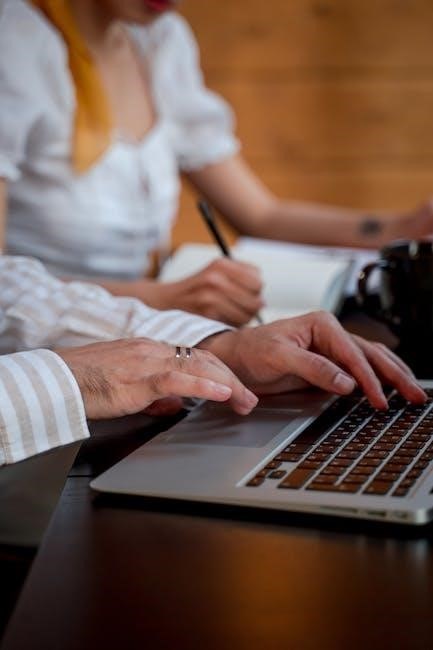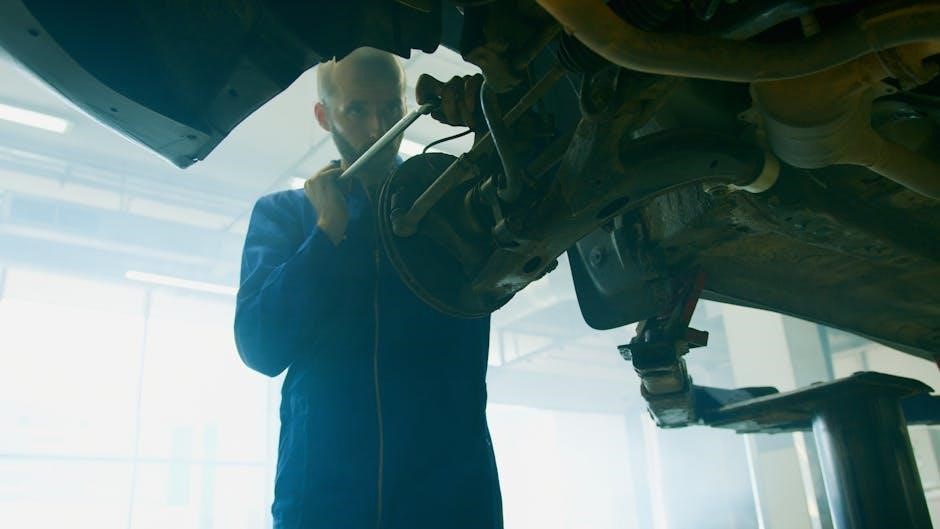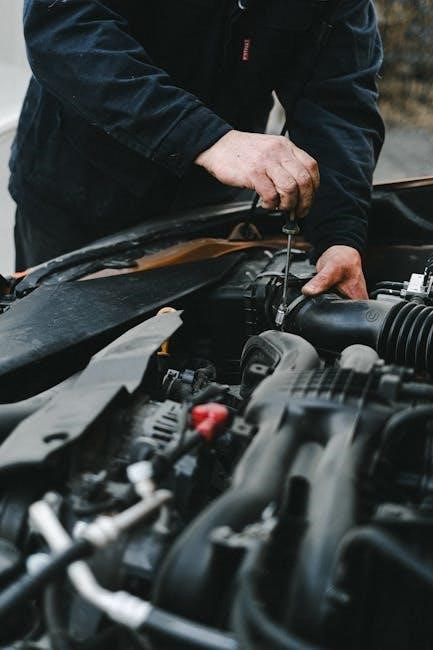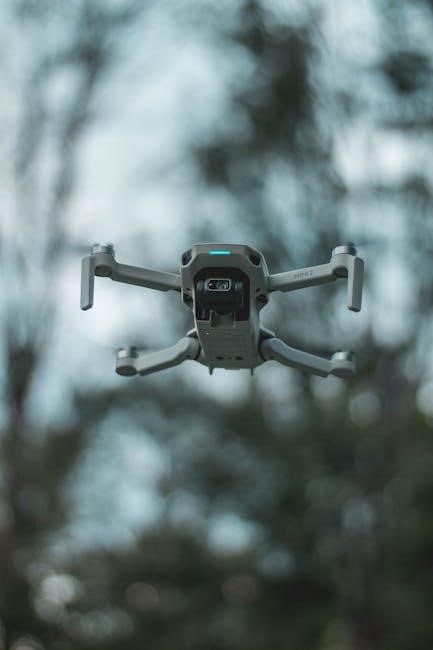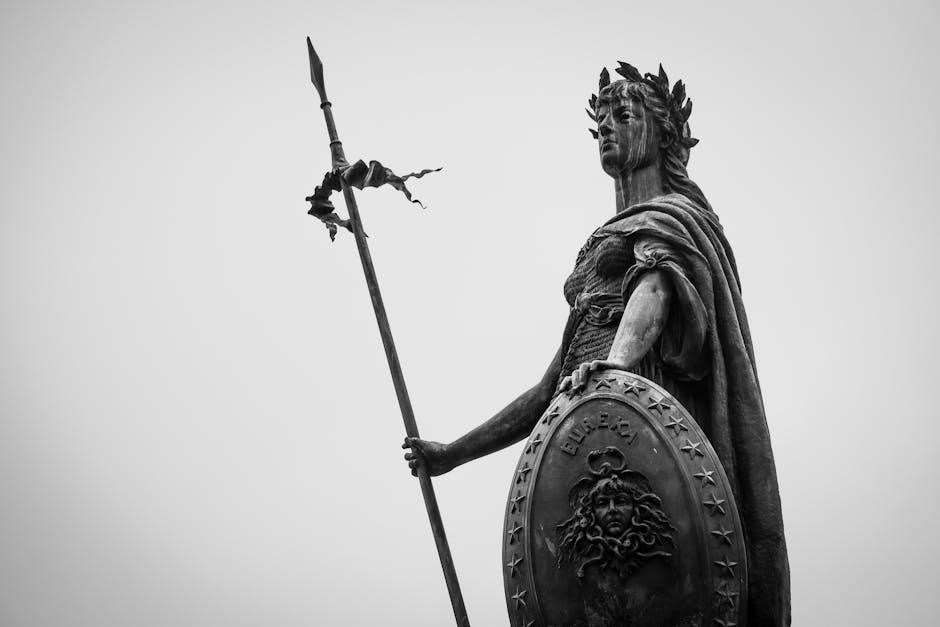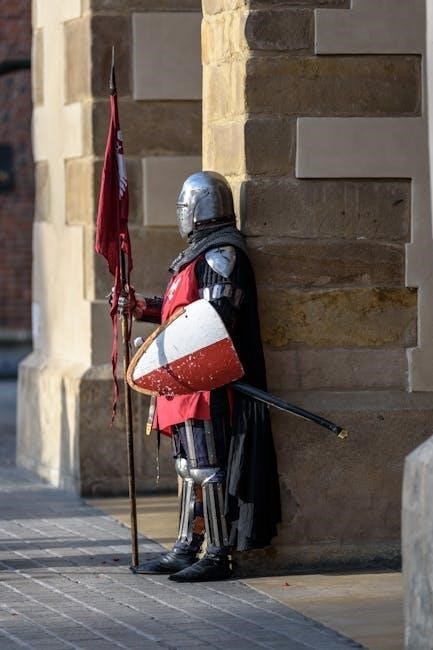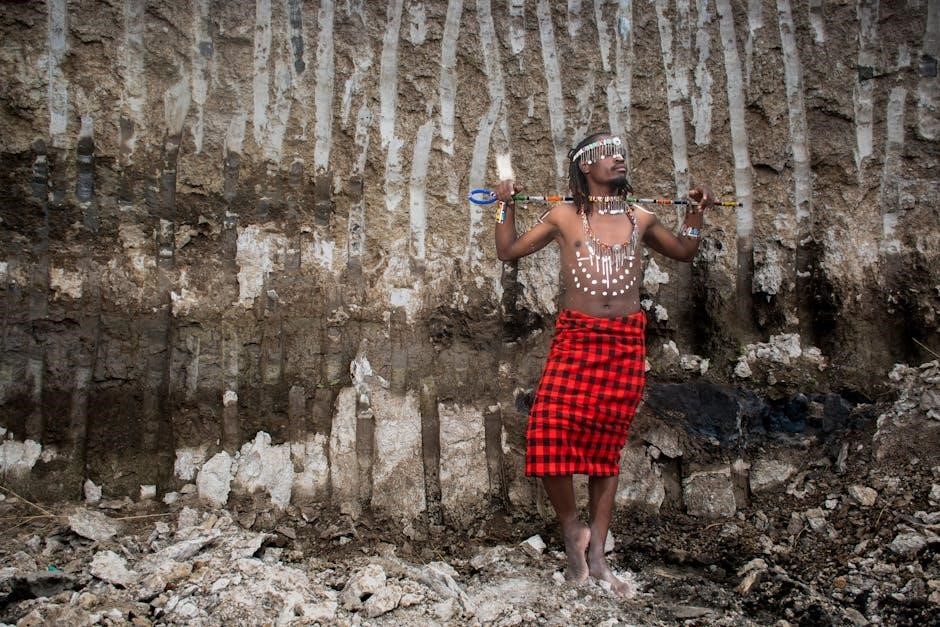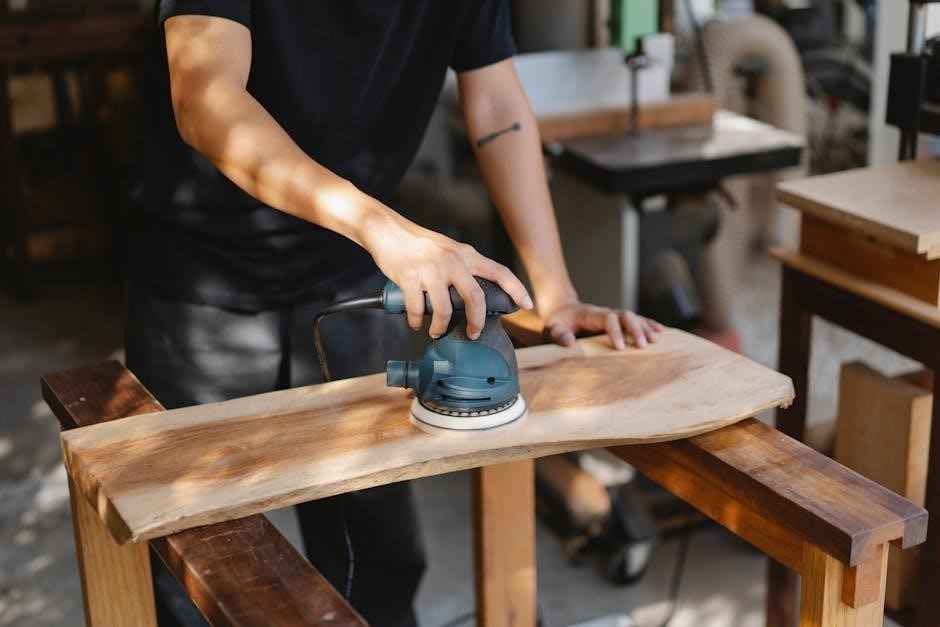Drake’s Menu PDF: A Comprehensive Guide (Updated 12/04/2025)
Updated December 4th, 2025, this guide details accessing, downloading, and troubleshooting Drake’s menu in PDF format, alongside Canvas integration details.
What is Drake’s Menu PDF?
Drake’s Menu PDF refers to a digital, downloadable version of the restaurant’s food and beverage offerings. This document allows patrons to conveniently view available items, pricing, and potentially nutritional information outside of a physical visit to the establishment.
Often, these PDFs are distributed through the official Drake’s website, third-party menu platforms, or shared via social media channels like Facebook and Instagram. The availability of a PDF version is particularly useful for planning meals, catering events, or simply browsing the menu at one’s leisure.
Furthermore, within an educational context, like Canvas, the term “Drake’s Menu PDF” appears related to downloading course files, potentially as an example file experiencing naming issues (“True-“).
Why Use a Drake’s Menu PDF?
Convenience is a primary benefit; a Drake’s Menu PDF allows for offline viewing, eliminating the need for an internet connection to browse options. Planning becomes easier, enabling pre-meal decision-making for individuals or groups. It’s also useful for those with dietary restrictions, allowing review of ingredients before dining.
Beyond personal use, the PDF format facilitates sharing with others for group orders or event planning. In a Canvas context, encountering a “Drake’s Menu PDF” issue often signifies a broader problem with file downloads, specifically files being incorrectly named as “True-.” This highlights the PDF as a test case for download functionality.
Ultimately, it provides a readily accessible and portable menu resource.

Accessing Drake’s Menu PDF Online
Locating Drake’s menu PDF involves checking the official website, third-party menu sites, and potentially social media platforms like Facebook and Instagram.
Official Drake’s Website
The primary source for the most current Drake’s menu PDF is, naturally, the official Drake’s website. Navigating to the “Menu” or “Locations” section often reveals a downloadable PDF version. However, website structures change, so direct links can become outdated.
Regularly check the site for updates, as menus are subject to seasonal changes and promotional offers. If a direct PDF link isn’t immediately visible, explore the site’s search function using keywords like “menu,” “PDF,” or “download.” Be prepared to potentially navigate through multiple pages to locate the desired file. Ensure the PDF downloaded is the most recent version, indicated by a date stamp, to avoid outdated pricing or item availability.
Third-Party Menu Websites
Numerous websites aggregate restaurant menus, and Drake’s is often included. These platforms can offer a convenient alternative if the official website is difficult to navigate or the PDF link is broken. However, accuracy is crucial; information on these sites may not always be up-to-date.
Popular options include menu-listing sites, but always cross-reference the information with the official Drake’s website whenever possible. Pay attention to the “last updated” date on these third-party menus to gauge their reliability. Be cautious of sites with excessive advertisements or unclear sourcing, as these may present inaccurate or outdated menu details.
Social Media Platforms (Facebook, Instagram)
Drake’s frequently posts menu updates, specials, and promotional images on platforms like Facebook and Instagram. While not a dedicated PDF source, these platforms can provide glimpses of current offerings, especially limited-time items not reflected in older PDF versions. Check official Drake’s pages for the most recent visual representations of the menu.
Restaurant pages often feature photos of dishes and occasionally, full menu boards. However, relying solely on social media for a comprehensive menu is not recommended. Use it as a supplement to the official PDF or website. Be aware that images may not always include pricing or detailed descriptions;
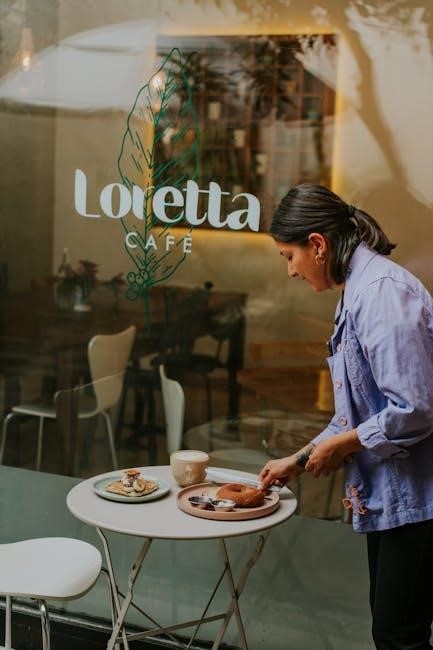
Understanding Drake’s Menu Categories
Drake’s menu is logically organized into sections like Appetizers, Burgers, Entrees, Salads, Sides, and Desserts, facilitating easy navigation and ordering choices.
Appetizers
Drake’s appetizer selection typically features a diverse range of options designed for sharing or individual enjoyment. Expect classic choices like crispy onion rings, loaded potato skins with various toppings, and mozzarella sticks served with marinara sauce. Beyond the standards, Drake’s often includes unique appetizers such as boneless wings tossed in signature sauces – ranging from mild to fiery – and spinach artichoke dip served with tortilla chips.
You might also find options like jalapeno poppers, fried pickles, or even smaller portions of entrees allowing a taste of different menu items. The PDF menu should clearly list pricing and any potential allergen information for each appetizer, aiding informed decision-making for diners with dietary restrictions. Availability can vary by location, so checking the most current PDF is recommended.
Burgers & Sandwiches
Drake’s Burgers & Sandwiches section is a cornerstone of their menu, offering a wide variety to satisfy diverse preferences. Expect classic cheeseburgers, bacon cheeseburgers, and specialty burgers featuring unique toppings and sauces. Beyond beef, Drake’s frequently includes chicken sandwiches – grilled or crispy – and pulled pork sandwiches.
The PDF menu will detail each burger’s patty size, toppings, and available sides. Sandwich options often extend to include Philly cheesesteaks, club sandwiches, or even fish sandwiches. Detailed descriptions, including calorie counts where available, are typically included. Checking the latest PDF version ensures accurate pricing and availability, as menu items can change seasonally or by location.
Entrees
Drake’s Entrees section presents a selection beyond burgers and sandwiches, offering more substantial dining options. The PDF menu typically showcases a variety of choices, including classic American fare like steak, ribs, and chicken entrees. You can anticipate options like grilled salmon, shrimp scampi, or even pasta dishes.
Detailed descriptions within the PDF will outline preparation methods, included sides, and any available customizations. Drake’s often features seasonal entrees, so the PDF version’s date is crucial for accuracy. Expect pricing information and potential allergy warnings to be clearly displayed. Regularly updated PDFs ensure you have the most current entree offerings available.
Salads
Drake’s Salad selections, detailed within the PDF menu, provide lighter fare alongside heartier options. Expect a range of choices, from classic garden salads with various dressings to more substantial entree-sized salads featuring grilled chicken, steak, or shrimp. The PDF typically lists all ingredients clearly, aiding those with dietary restrictions or allergies.
Look for seasonal salads utilizing fresh, local produce. Drake’s often offers signature salads with unique flavor combinations. The PDF will specify portion sizes and pricing. Checking the date on the PDF ensures you’re viewing the current salad offerings, as menus change periodically. Detailed descriptions help you choose the perfect salad!
Sides
Drake’s Side options, comprehensively listed in the PDF menu, complement their main courses beautifully. Expect classic choices like french fries, onion rings, and coleslaw, alongside more unique offerings such as sweet potato fries, mac & cheese, or steamed vegetables. The PDF details portion sizes and any associated upcharges for substitutions or extra servings.
Detailed ingredient lists are usually provided, catering to dietary needs. Seasonal sides may also appear, showcasing fresh produce. Regularly checking the PDF’s date ensures you have the most current side selections and pricing. Drake’s sides are designed to enhance your overall dining experience!
Desserts
Drake’s Dessert selection, fully detailed within the PDF menu, provides a sweet finish to your meal. Expect tempting options like cheesecake, chocolate cake, and key lime pie, often with seasonal variations. The PDF clearly outlines dessert descriptions, including ingredients and potential allergens, assisting informed choices.
You’ll find details on portion sizes and pricing, alongside any available add-ons like ice cream or whipped cream. Drake’s frequently updates its dessert offerings, so referencing the latest PDF version is crucial. These sweet treats are the perfect ending to a satisfying Drake’s experience!

Downloading and Saving the Drake’s Menu PDF
Secure the Drake’s menu by directly downloading the PDF, utilizing your browser’s “Print to PDF” function, or saving it from online viewers.
Direct Download Links
Finding reliable direct download links for the Drake’s menu PDF can sometimes be challenging, as these links may change or become outdated. However, checking official sources frequently is key; While a specific, consistently updated link isn’t provided in the available information, regularly visiting the official Drake’s website (mentioned elsewhere in this guide) is the best starting point.
Be cautious of third-party websites offering downloads, as they may contain outdated versions or potentially harmful software. Always verify the source before downloading any file. If a direct link is unavailable, utilizing the “Print to PDF” browser function, as detailed in a subsequent section, provides a secure alternative for obtaining a current copy of the menu.
Using Browser “Print to PDF” Function
A reliable method for obtaining the Drake’s menu PDF is utilizing your web browser’s built-in “Print to PDF” function. This bypasses potential issues with direct download links and ensures you have the most current version displayed online. First, navigate to the Drake’s menu webpage – ideally from the official website or a trusted source.
Then, initiate the print command (usually Ctrl+P or Cmd+P). In the print dialog box, select “Save as PDF” as your printer. Choose a suitable location on your computer to save the file, and click “Save.” This creates a PDF copy of the menu as it appears in your browser, offering a convenient and secure solution.
Saving from Online Viewers
If accessing Drake’s menu through an online viewer – perhaps embedded within a Canvas module or a third-party menu website – saving as a PDF might require a slightly different approach. Many online viewers include a download icon or a “Save” option directly within the viewer interface. Look for these features, as they often generate a clean PDF copy of the document.
However, be cautious of viewers that may produce files named “True-” or similar, a known issue with Canvas. If this occurs, the “Print to PDF” method (described elsewhere) is a more reliable alternative. Always verify the downloaded file opens correctly and contains the complete menu information.

Troubleshooting Drake’s Menu PDF Issues
Common problems include PDFs failing to open, incorrect menu versions, and files appearing as “True-” due to Canvas download quirks; solutions follow.
PDF Won’t Open
If the Drake’s Menu PDF refuses to open, several factors could be at play. First, ensure you have a current PDF reader installed – Adobe Acrobat Reader is a reliable choice, and is frequently updated. Secondly, verify the file hasn’t become corrupted during the download process; try downloading it again from a different source, such as the official Drake’s website or a trusted third-party menu site.
Occasionally, browser extensions can interfere with PDF rendering. Temporarily disable any extensions and attempt to open the file again. If problems persist, try opening the PDF on a different device or operating system to isolate the issue. A damaged PDF reader installation might also be the culprit; consider reinstalling it. Finally, confirm the file size isn’t zero bytes, indicating an incomplete download.
Incorrect Menu Version
Encountering an outdated Drake’s Menu PDF is a common issue, as menus frequently change. Always prioritize downloading the PDF directly from the official Drake’s website to ensure you have the most current pricing and offerings. If using a third-party site, carefully check the date the PDF was last updated; ideally, it should match or be very close to the current date (December 4th, 2025).
Compare the menu items and prices to those listed on Drake’s official online menu to quickly identify discrepancies. If you suspect an incorrect version, report it to the website administrator or seek a fresh download. Regularly clearing your browser cache can also help prevent older, cached versions from appearing.
File Named “True-” or Similar (Canvas Issue)
A frustrating Canvas quirk involves files downloading with names like “True-“, preventing direct access; This issue, reported as early as December 8th, 2020, redirects you back into Canvas upon clicking the file. Unfortunately, access token methods for automated downloads have been removed by some institutions, complicating solutions.
Attempting to rename the file often doesn’t resolve the problem. The best workaround is to utilize your browser’s “Print to PDF” function while viewing the document within Canvas. This creates a usable PDF, bypassing the problematic download. Report this issue to your school’s IT support, as it’s a Canvas-specific bug.

Canvas Integration & Downloading Course Files
Canvas presents challenges when downloading course materials, especially with recent access token removals; alternative methods are needed for offline access to files.
Downloading Files from Canvas Modules
Navigating Canvas Modules for file downloads can sometimes lead to unexpected results. Users report that downloading files, such as articles, directly from Modules often results in files named “True-.” instead of the original filename. Clicking these “True-” files redirects back to the Canvas login page, rendering the downloaded file unusable.
This issue, first noted in 2020 and persisting through 2024, appears to be a Canvas-specific quirk. It impacts the ability to reliably access course content offline. While the root cause isn’t fully explained, it highlights the need for alternative download strategies when standard methods fail. Understanding this potential problem is crucial for instructors and students alike, especially when offline access is essential.
Downloading Student Exam Answers (Quizzes)
Instructors often require a record of student exam responses for administrative purposes, such as addressing parental inquiries. Canvas allows downloading quiz answers, but the process requires careful attention. Specifically, schools may request a copy of final exams, necessitating a reliable download method.
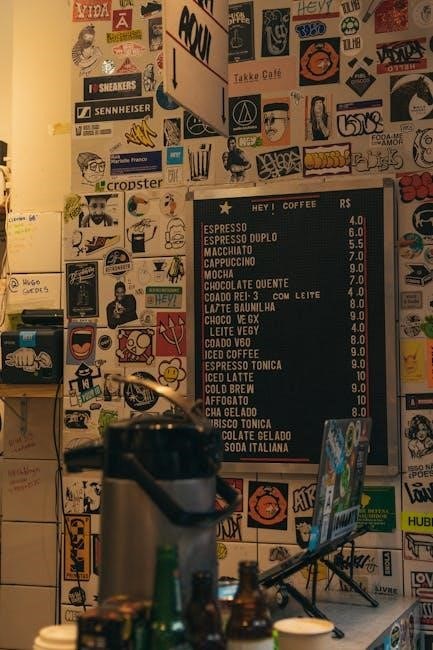
However, downloading these answers isn’t always straightforward. Issues can arise with class configurations and access permissions. Furthermore, previously used methods relying on access tokens have been removed by some institutions, forcing educators to seek alternative solutions for obtaining a comprehensive record of student performance on quizzes and exams within the Canvas learning environment.
Alternative Methods for Downloading Course Content (Access Tokens Removed)
With the removal of access token-based applications, educators face challenges downloading entire course files and media for offline access. Previously, these tokens streamlined the process, but new strategies are now essential. Users are actively seeking efficient alternatives to replicate the functionality lost with this change.
Currently, there isn’t a single, universally recommended replacement. Instructors must explore built-in Canvas features, potentially involving manual downloads of individual files or folders. Investigating Canvas’s file management system and utilizing its inherent download capabilities are crucial steps. Finding a viable solution requires patience and adaptation to the updated platform limitations.

Exporting & Importing Canvas Courses
Canvas courses can be exported as IMSCC ZIP files for backup, sharing, or transfer to other Canvas instances, ensuring content portability.
Exporting Courses as IMSCC ZIP Files
Exporting a Canvas course creates a package in the IMS Common Cartridge (IMSCC) format, a standard for educational content. This ZIP file contains all course elements – announcements, assignments, discussions, pages, quizzes, and files – allowing for easy transfer or backup. You can export to give the course to another Canvas user, upload it to a different institution’s Canvas account, or simply create a local copy for safekeeping.
The process involves navigating to the course settings and selecting the “Export Course” option. You can choose to export the entire course, specific content, or customize the export to include only certain elements. Remember that exported IMSCC files are designed for Canvas-to-Canvas transfers and may not be directly compatible with other learning management systems;
Importing Exported Canvas Courses
Importing a Canvas course utilizes an IMSCC ZIP file previously exported from another Canvas instance. This process restores the course content – assignments, discussions, quizzes, and files – into a new or existing course shell. It’s ideal for replicating courses, sharing content between instructors, or restoring a course from a backup.
Within Canvas, navigate to the desired course (or create a new one) and select “Import Course” from the settings menu. You’ll then choose the IMSCC file from your computer. Canvas will analyze the file and allow you to customize import settings, such as overwriting existing content or adjusting dates. Successful import recreates the original course structure and materials.
Exporting Classic Quizzes as QTI ZIP Files
Classic Quizzes, predating Canvas’s newer quiz engine, can be exported as QTI 1.2 files packaged within a ZIP archive. This format allows for compatibility with other Learning Management Systems (LMS) that support the QTI standard. Exporting preserves question types, point values, and feedback, facilitating seamless transfer of assessment content.
Within Canvas, navigate to the specific Classic Quiz you wish to export. Select “Export” from the quiz options. Canvas will generate a QTI ZIP file for download. Note that question banks and associated media are included. This method is crucial for archiving or migrating older quizzes, ensuring continued accessibility.

Drake’s Menu & Mobile Access
Accessing Drake’s menu on mobile devices is streamlined via the Canvas app for Android, offering convenient viewing of PDF content anytime, anywhere.
Canvas App on Android Devices
For Android users, the Canvas app provides a dedicated mobile experience for accessing course materials, including Drake’s menu PDF. Downloading the app from the Google Play Store allows for offline viewing and convenient access to essential course content. The interface mirrors the web version, ensuring familiarity and ease of navigation.
Images within lessons are optimized for phone displays, though tablet displays generally follow the same steps. This ensures a consistent user experience across various Android devices. The app facilitates seamless interaction with course announcements, assignments, and grades, making it a central hub for student activity. Utilizing the Canvas app enhances accessibility and promotes efficient learning on the go, even with Drake’s menu PDF.
Accessibility of Menu PDF on Mobile
Mobile accessibility of Drake’s menu PDF depends on the device and PDF viewer. While the Canvas app offers a streamlined experience, directly opening the PDF on a smartphone or tablet requires a compatible application. Ensure your device has a PDF reader installed, such as Adobe Acrobat Reader, for optimal viewing.

Zooming and panning features are crucial for navigating the menu on smaller screens. Consider downloading the PDF for offline access to avoid data charges and ensure availability without an internet connection. The Canvas app generally provides better rendering and navigation compared to native mobile browsers. Proper PDF formatting enhances readability and usability on mobile devices, making Drake’s menu easily accessible.
